

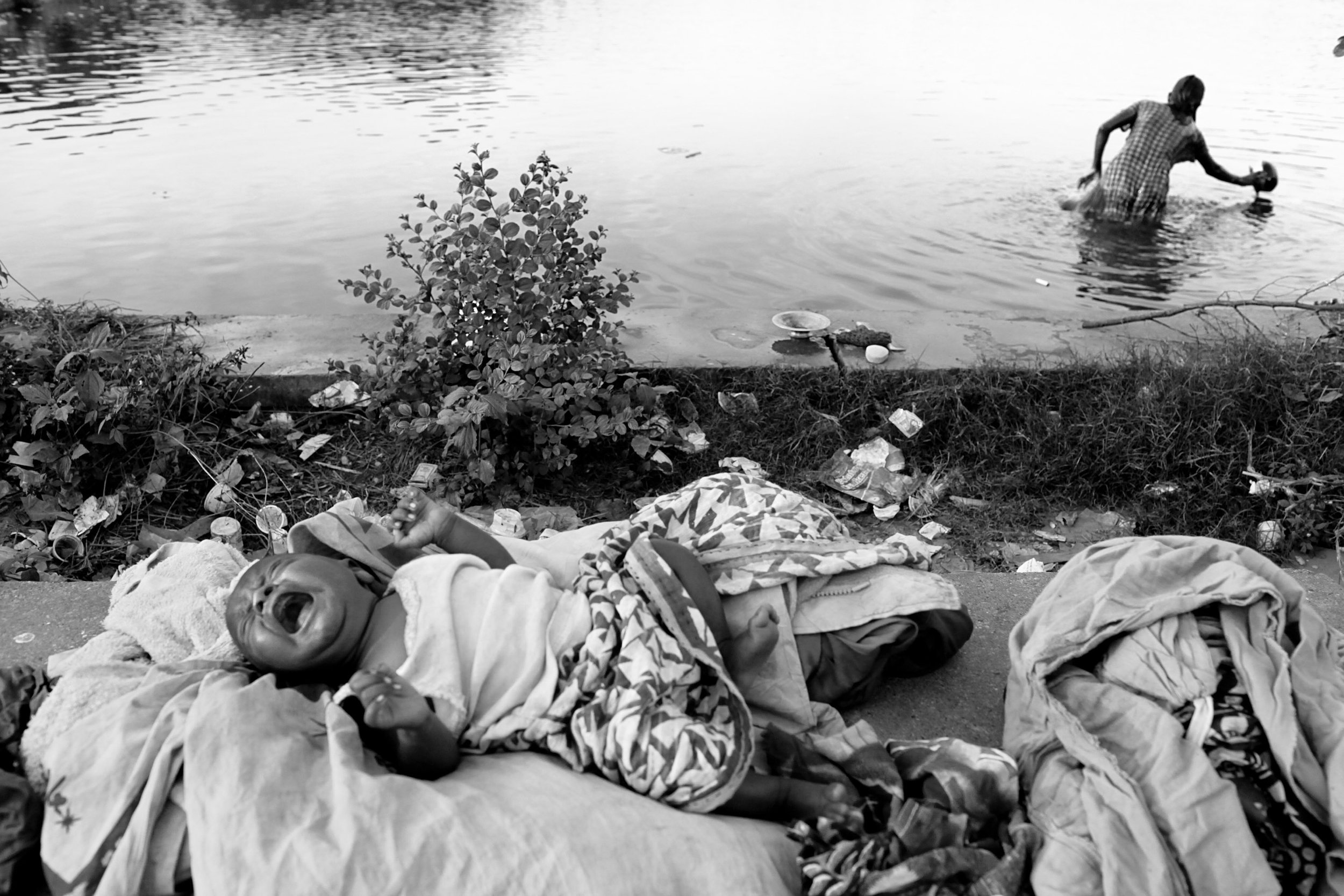
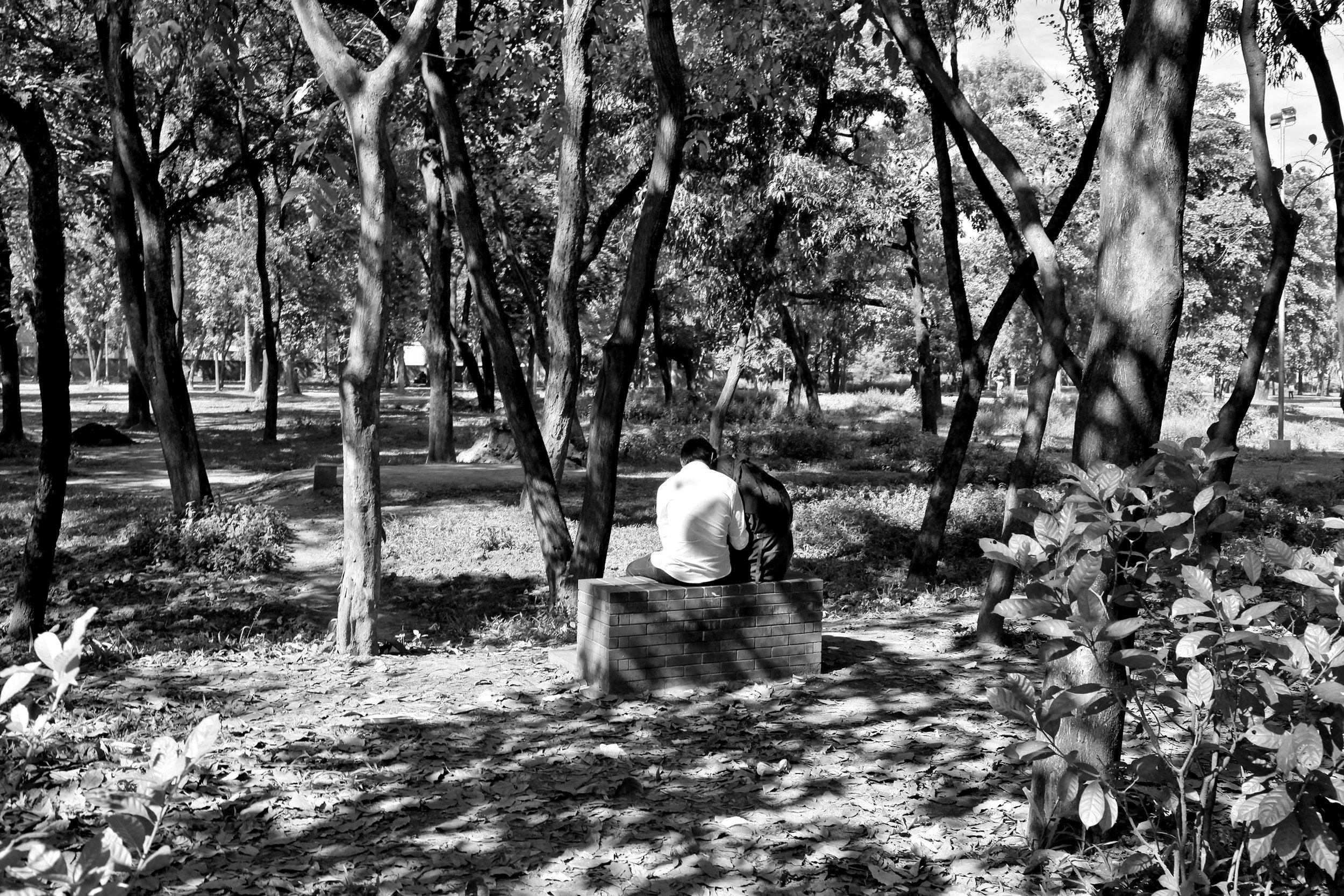


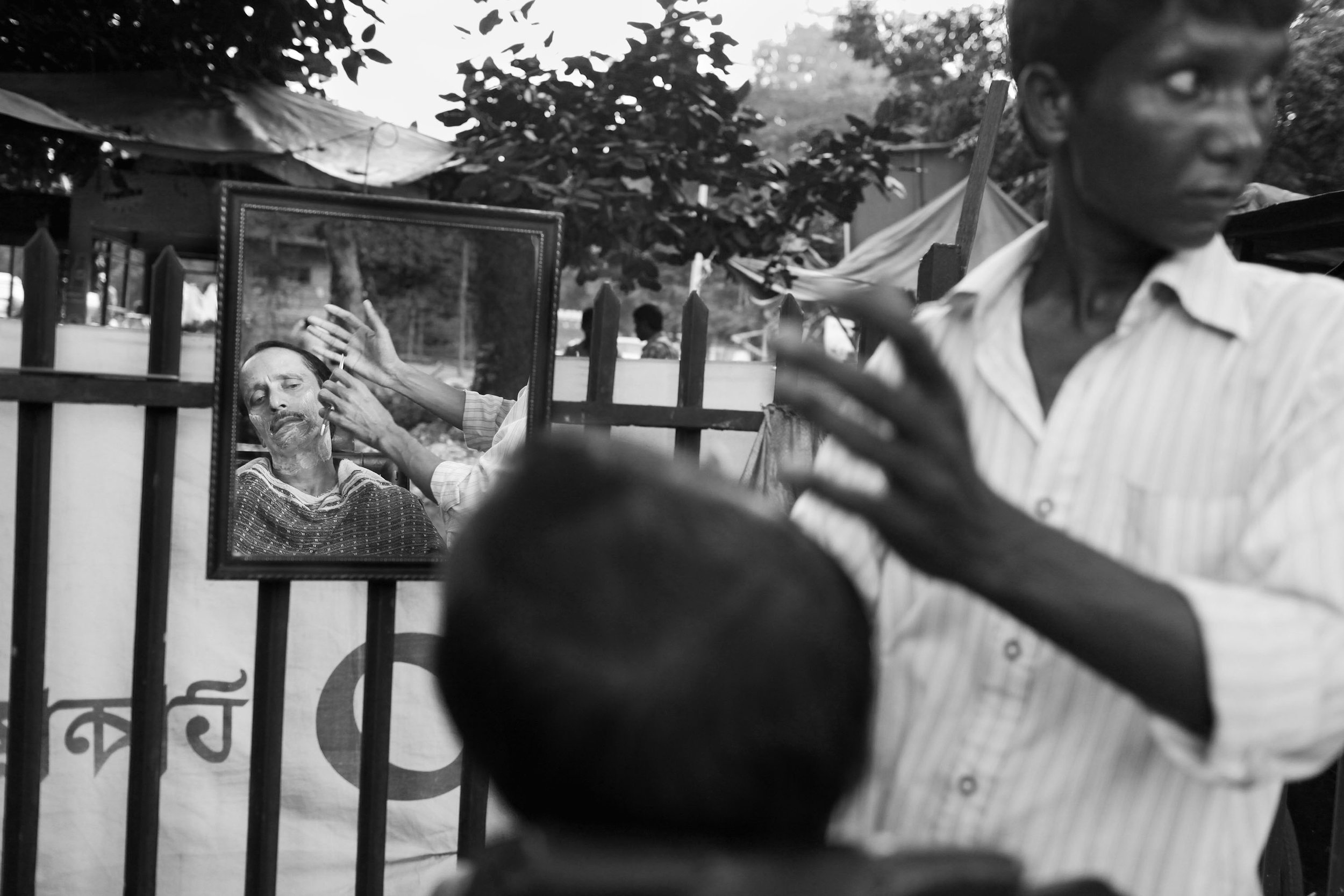

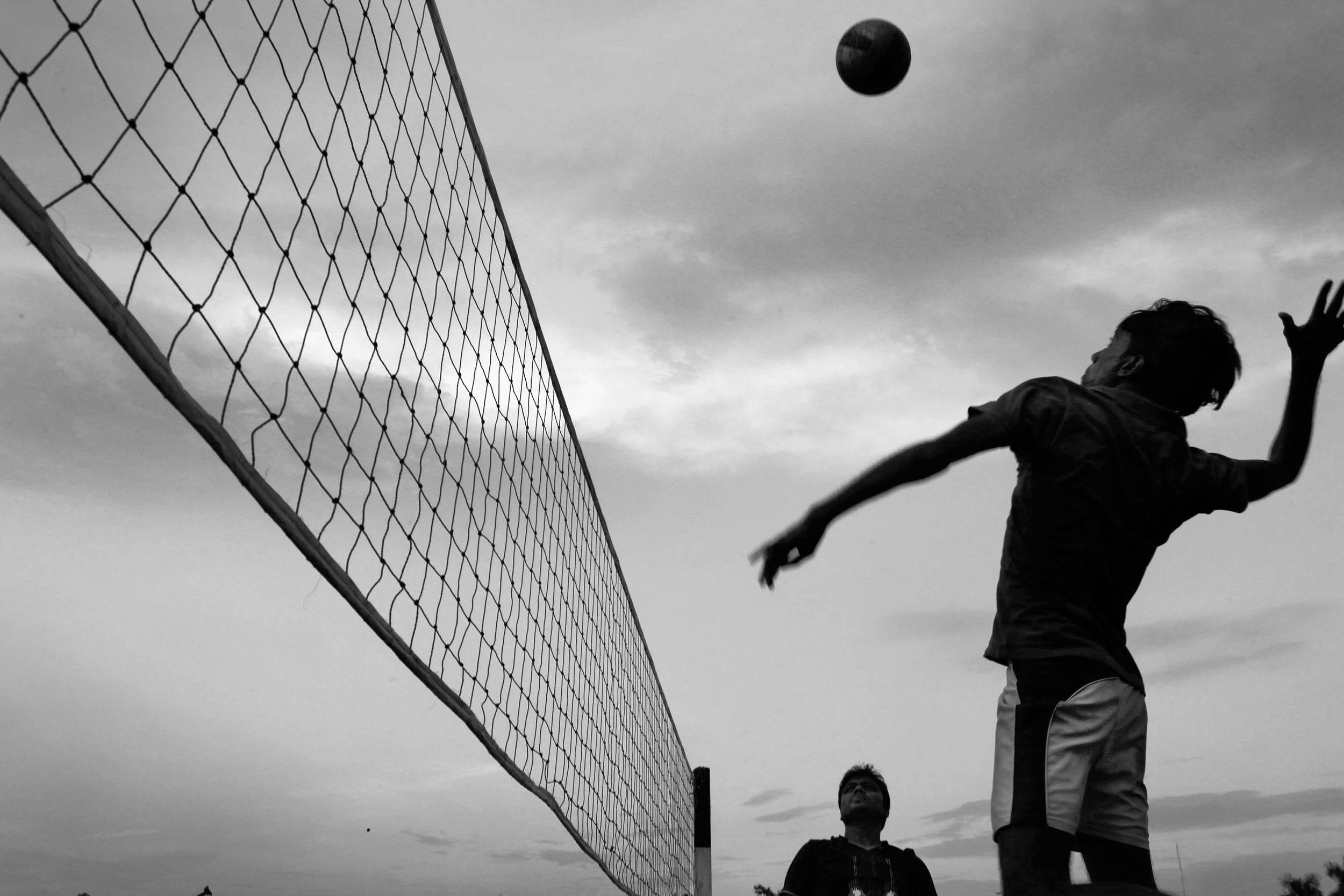

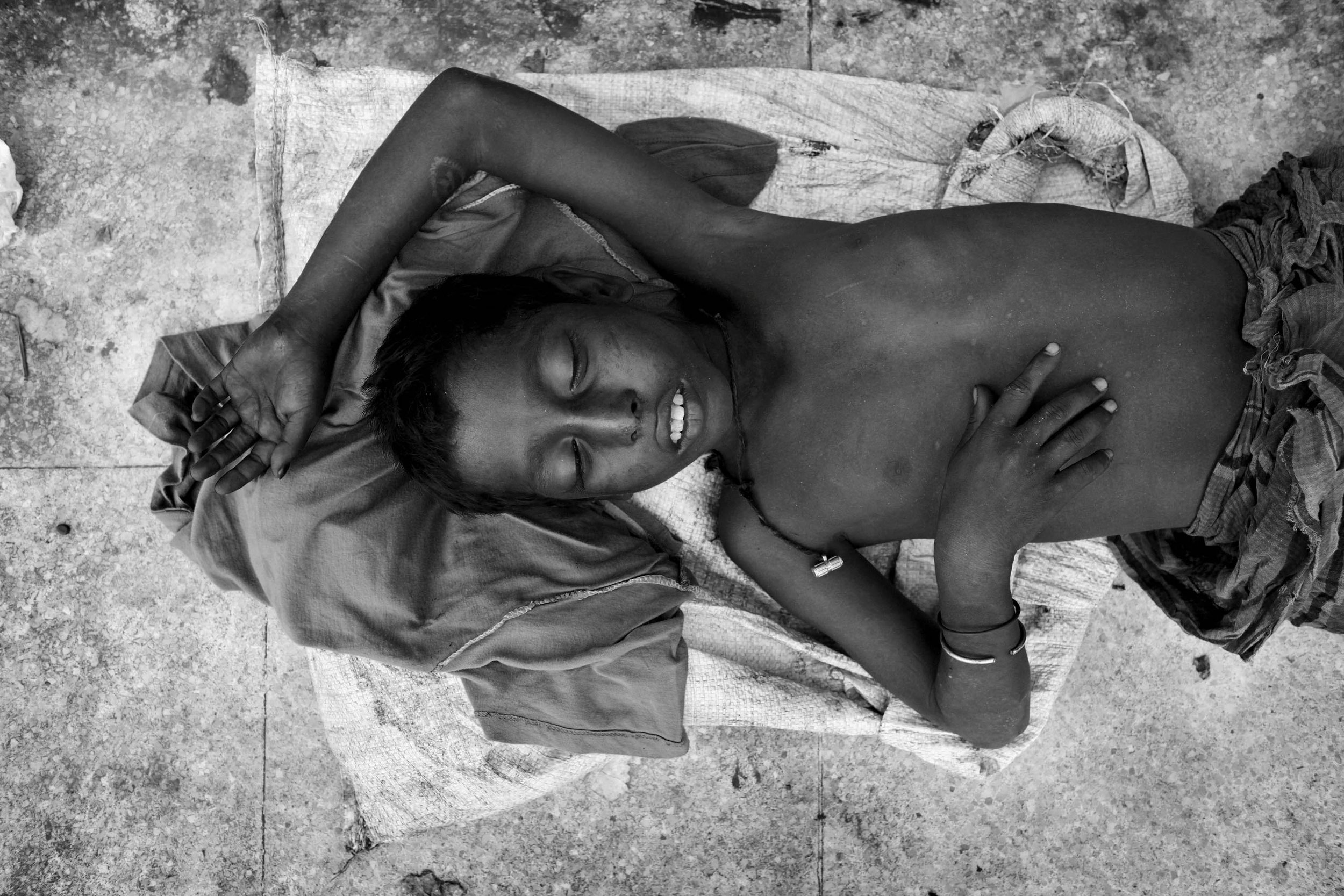
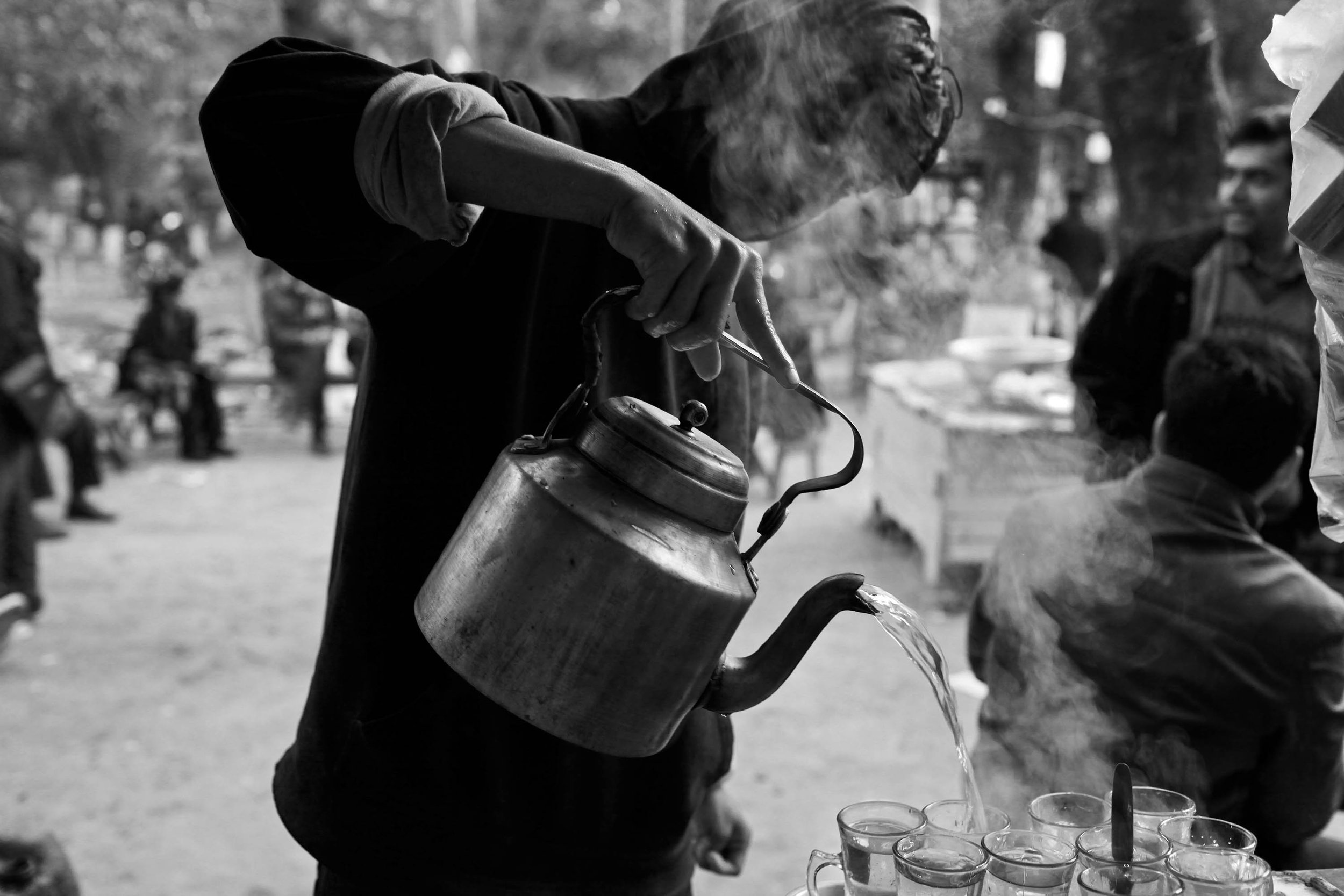
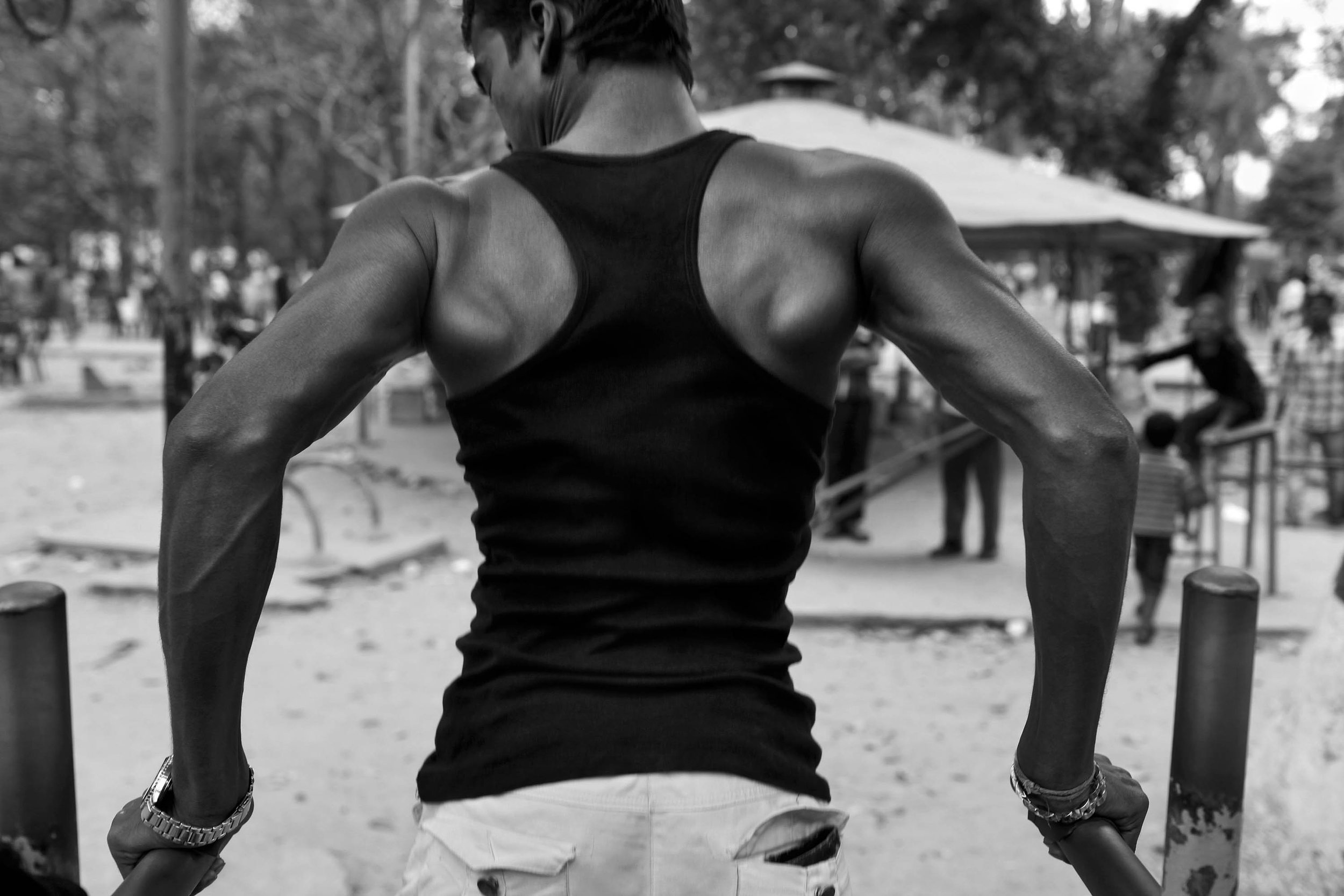

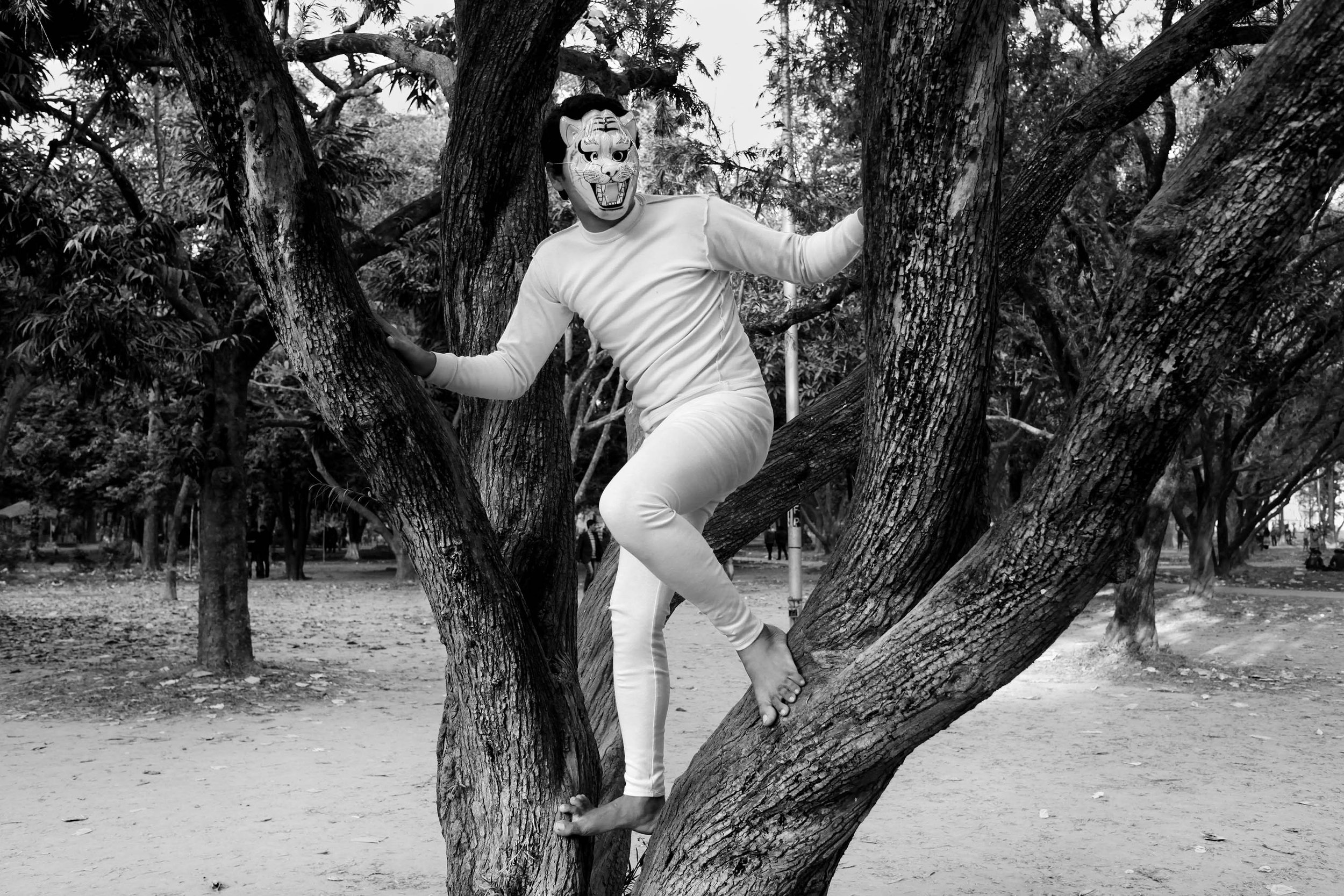

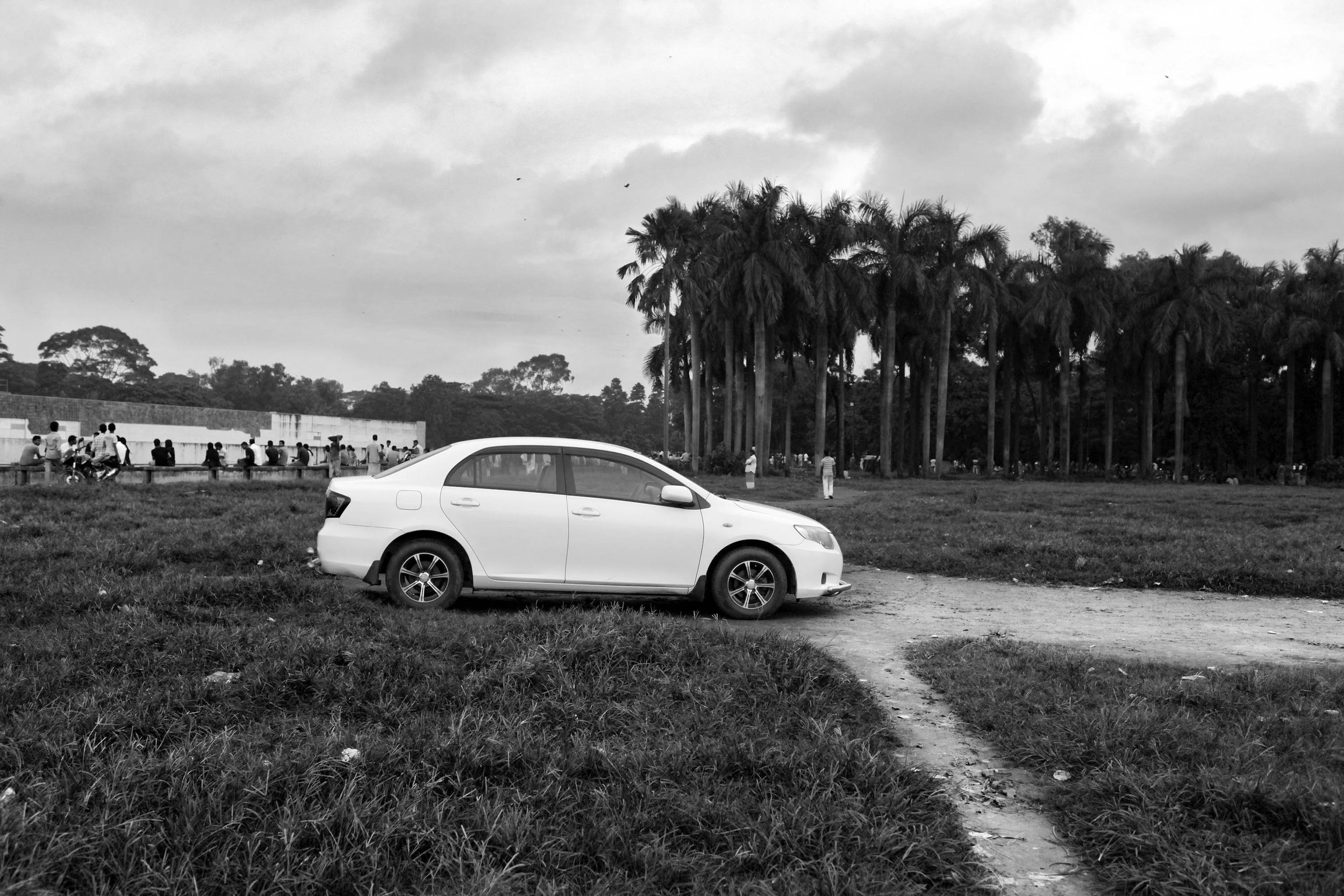
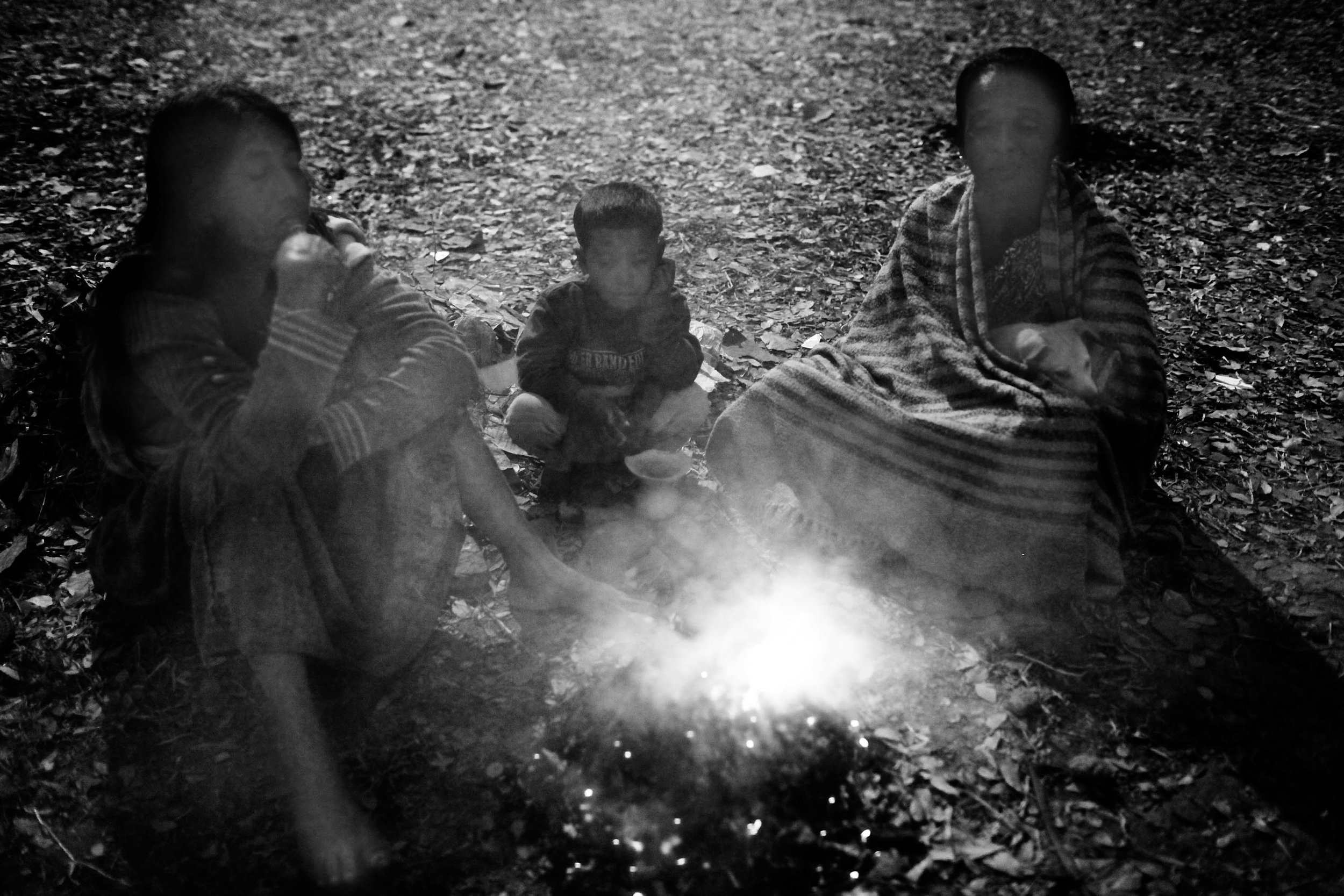
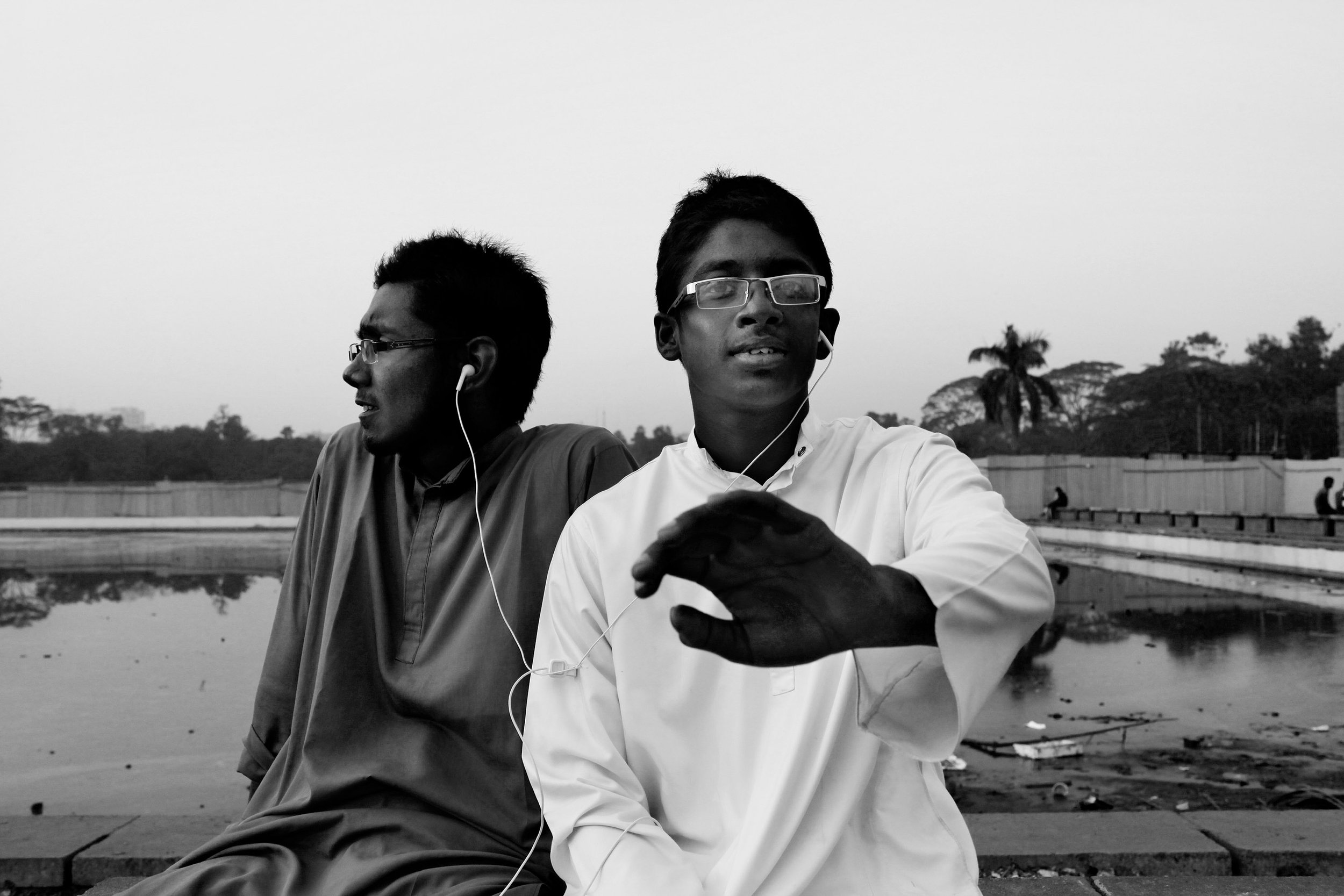


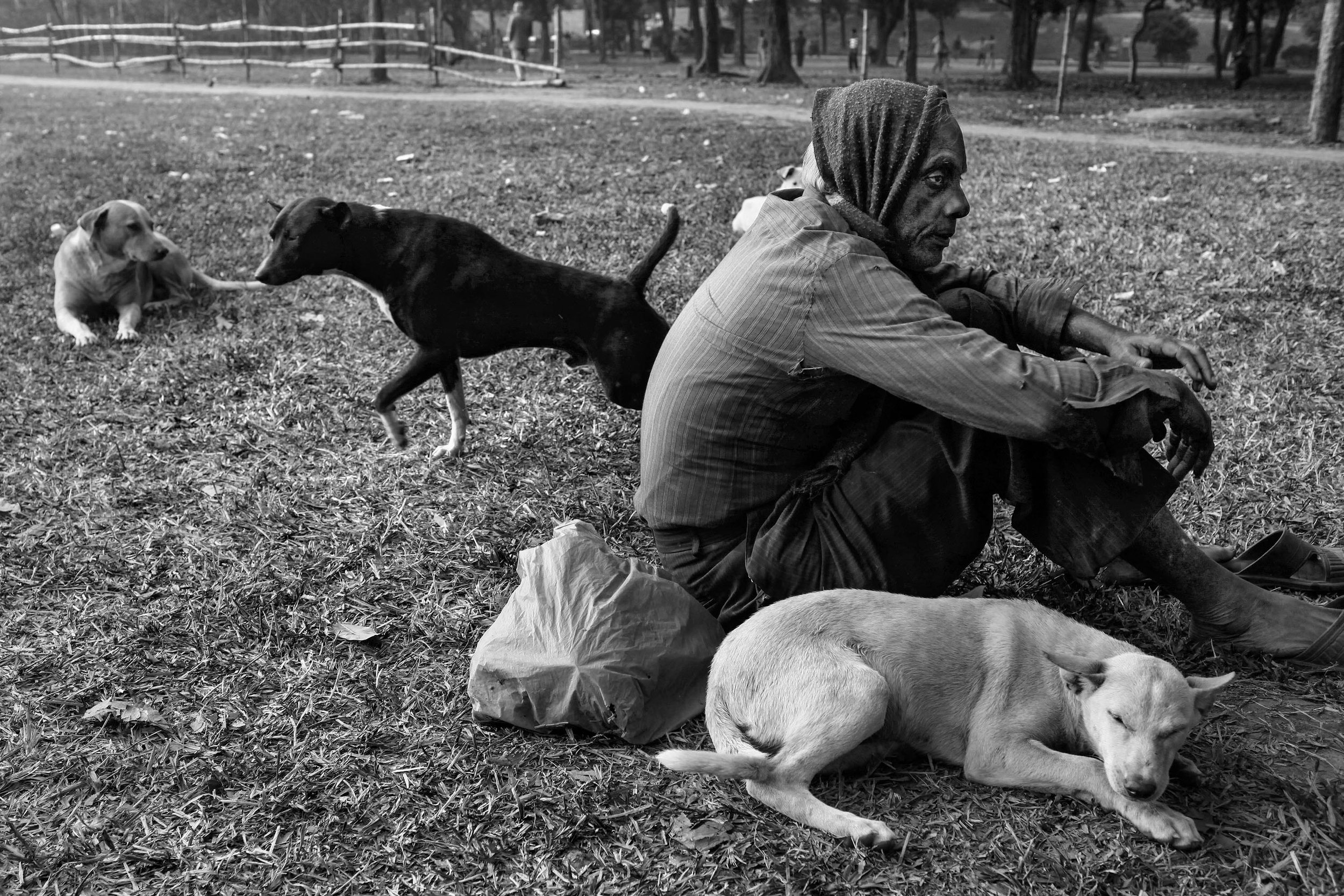
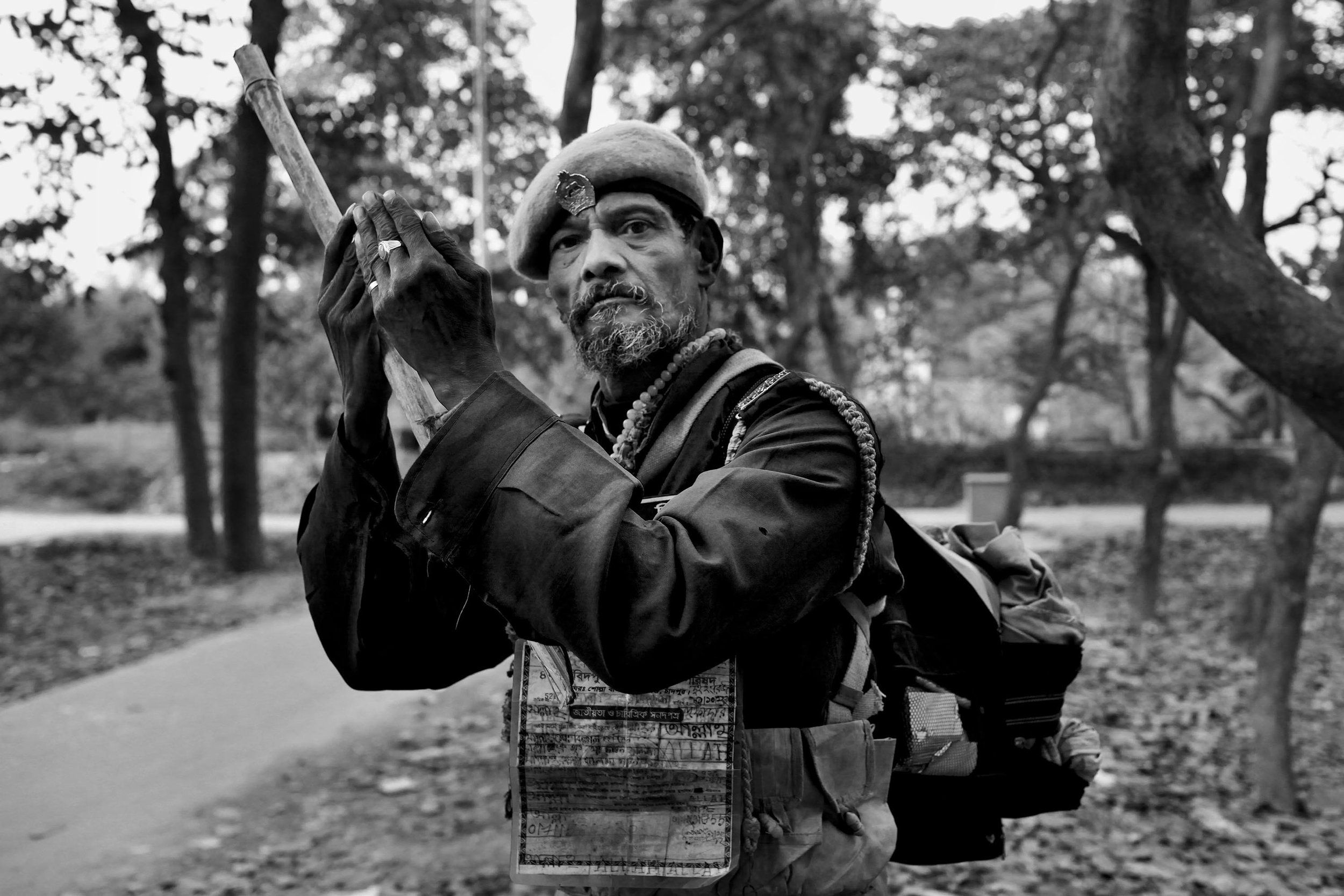


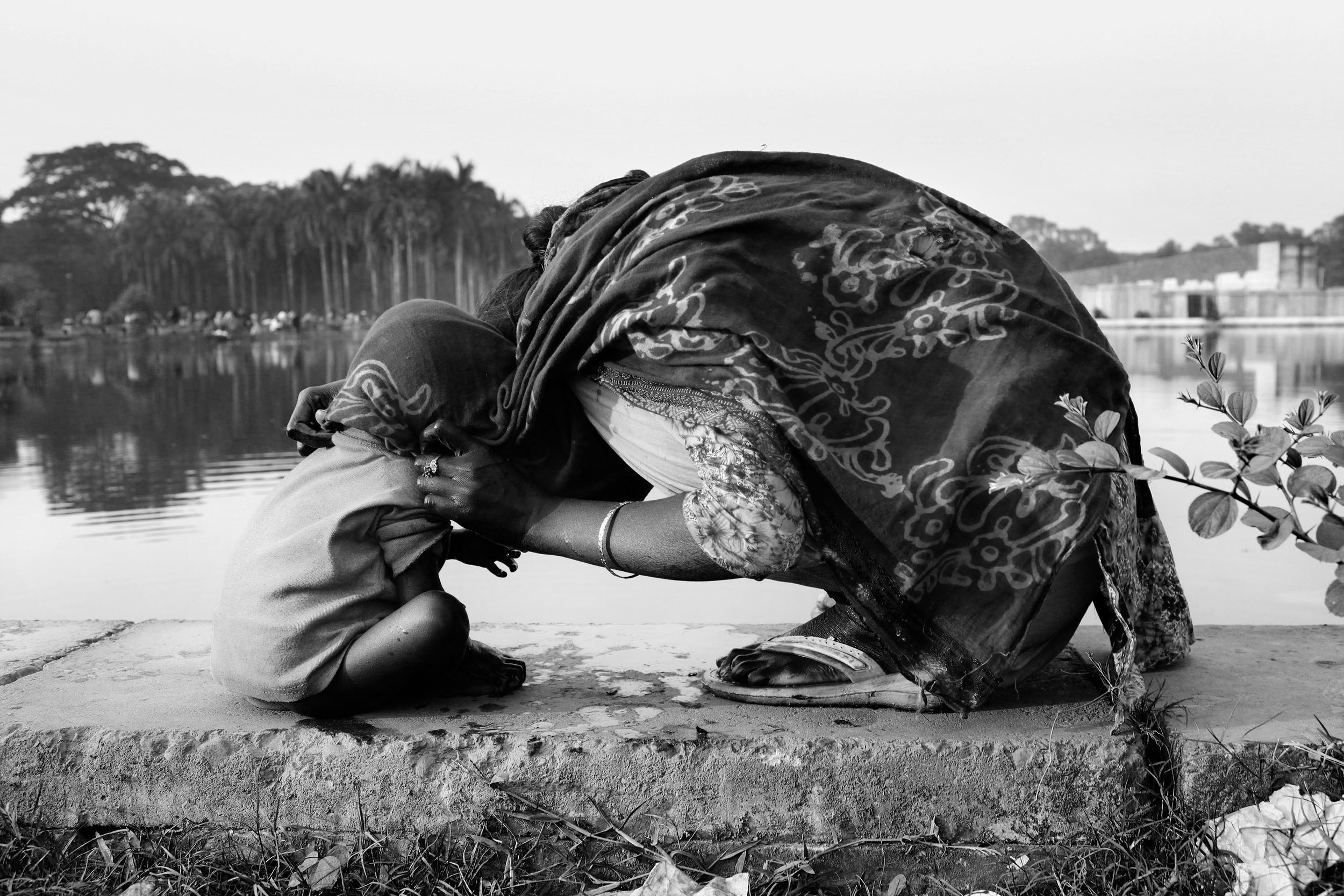


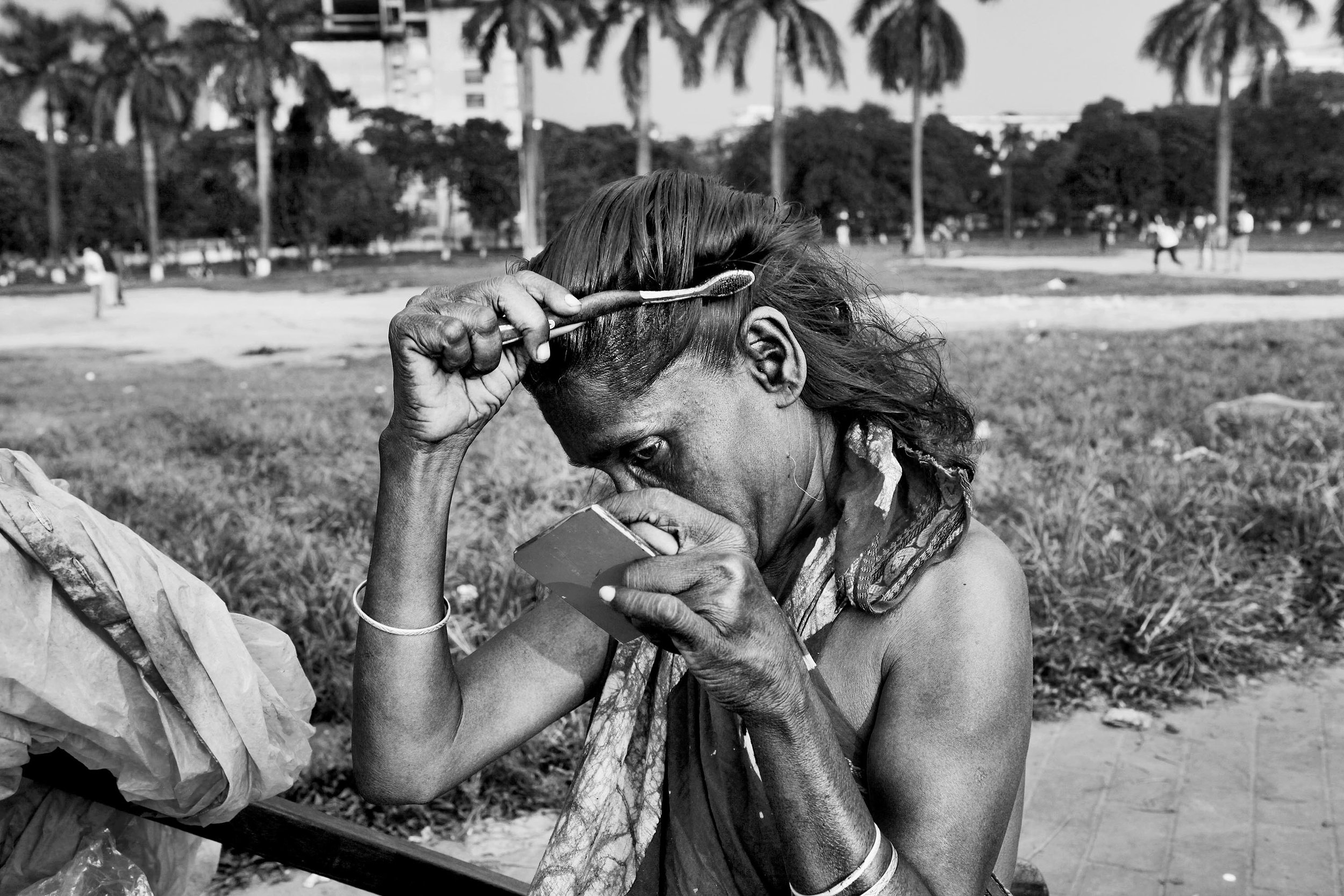


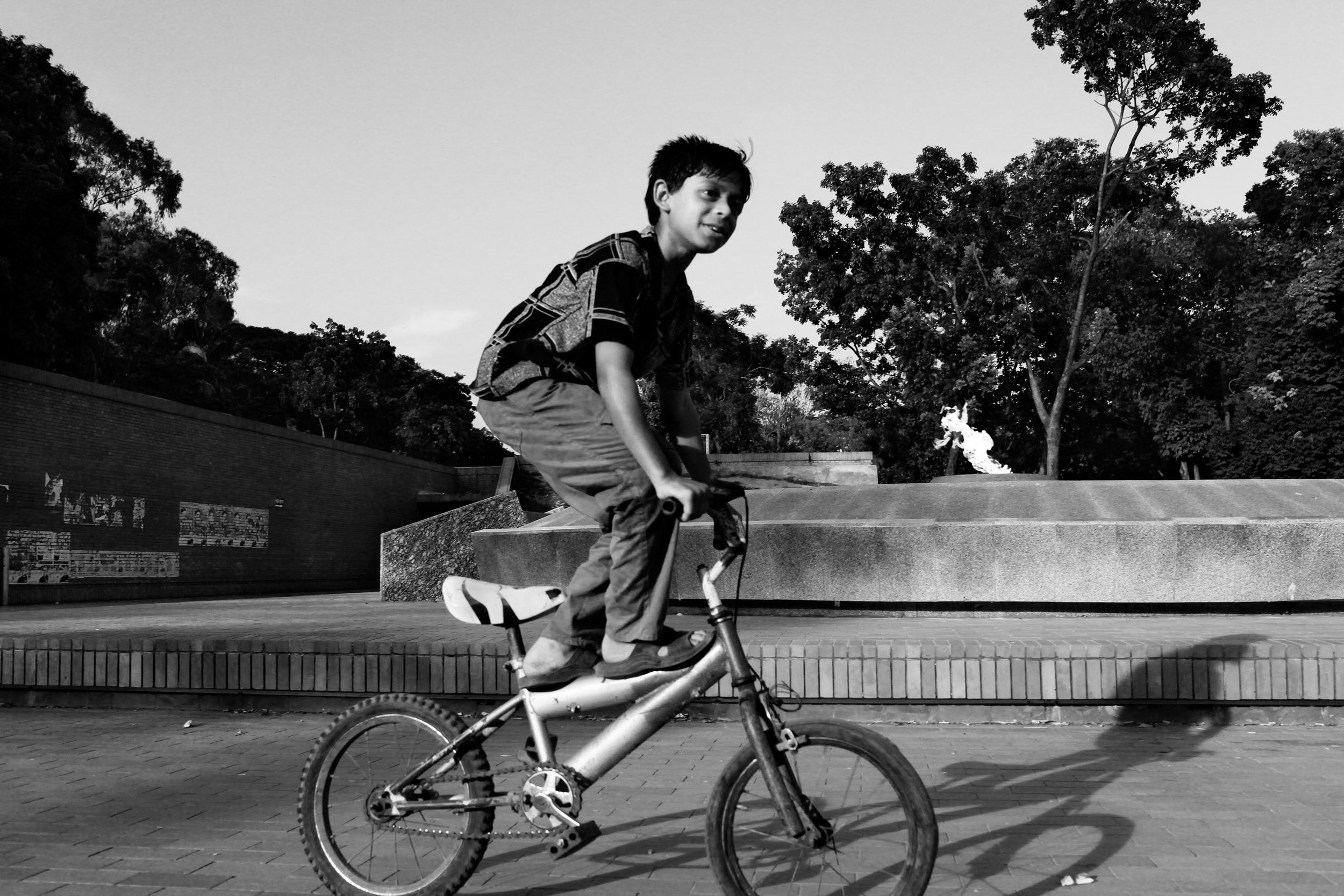

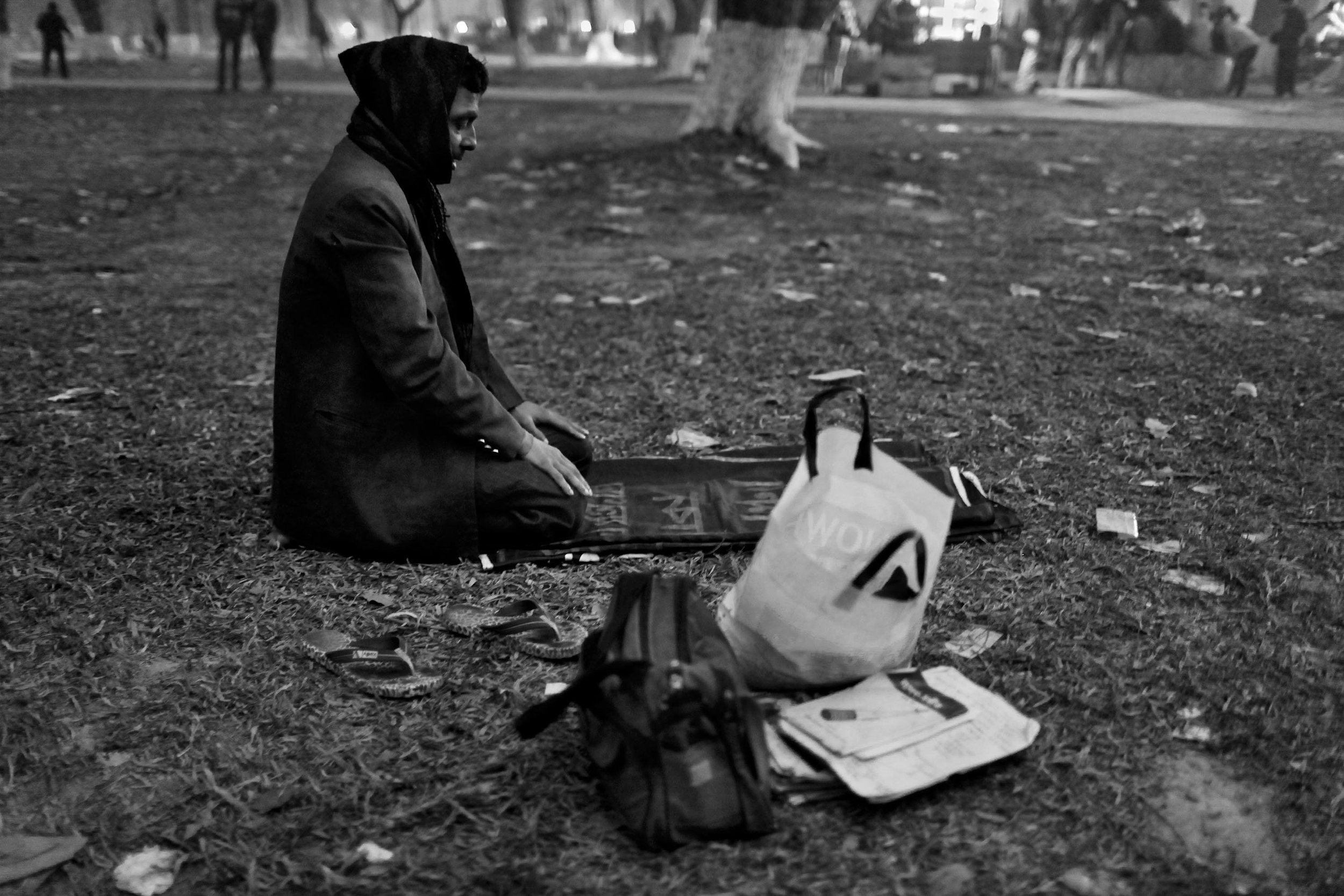

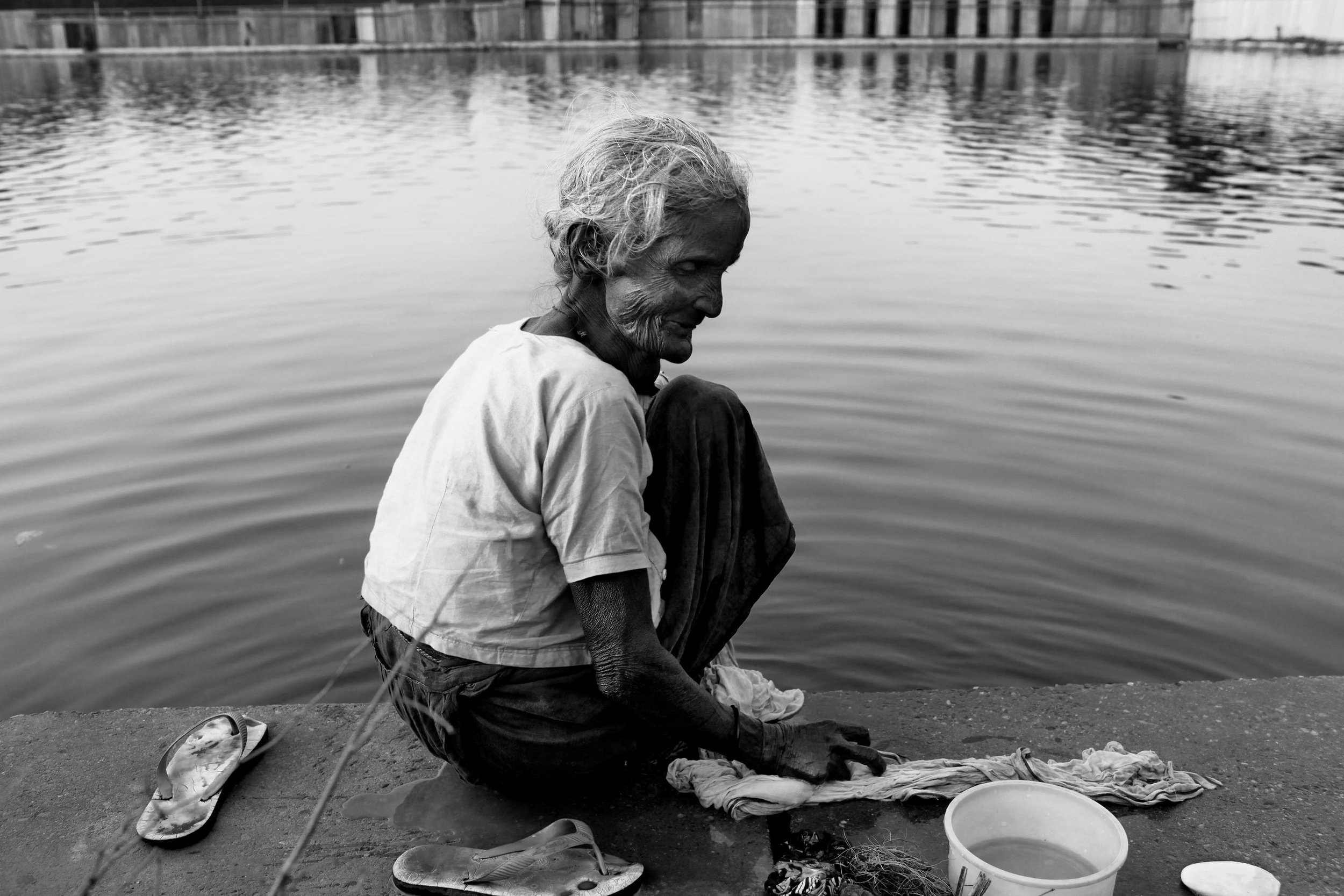
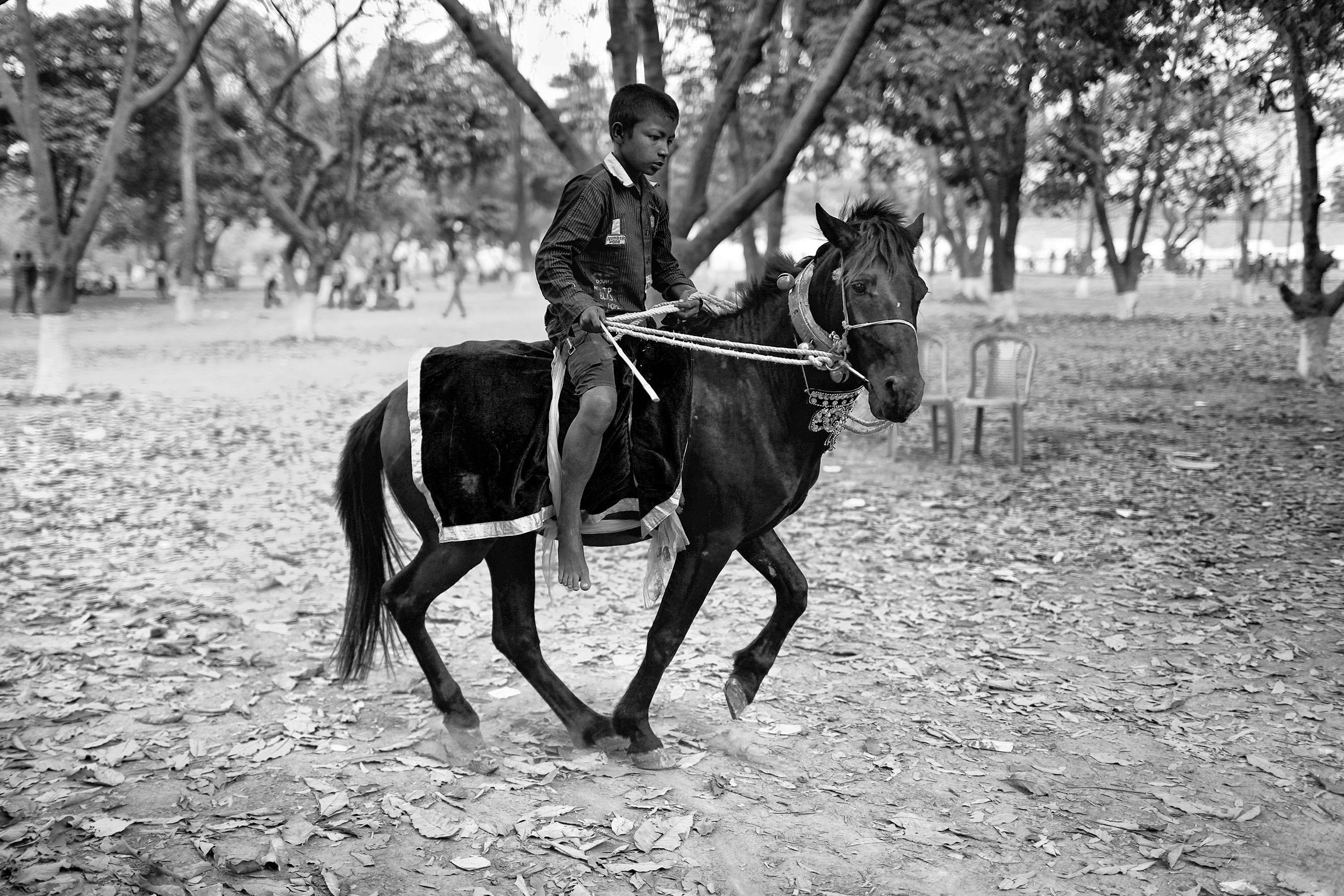

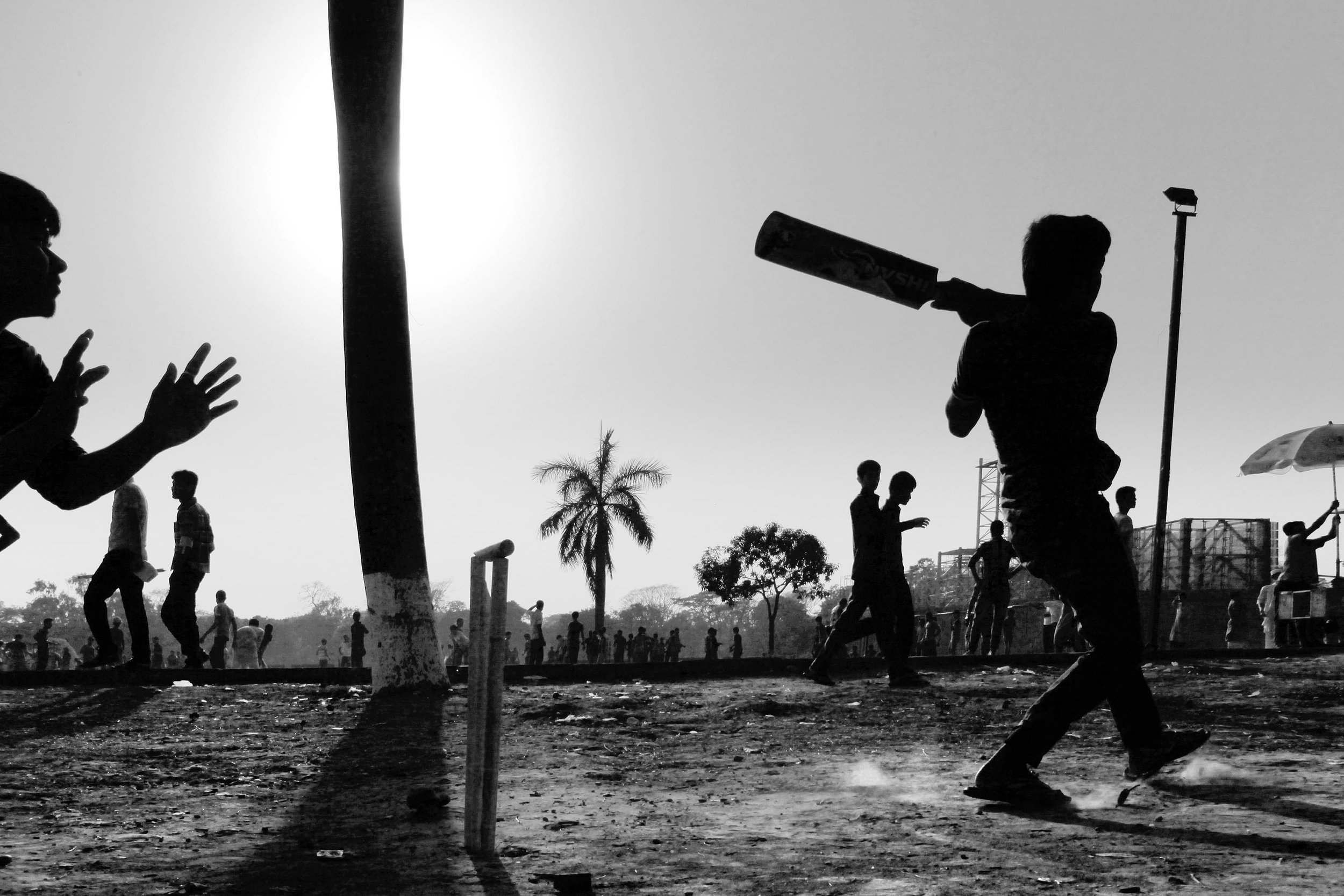

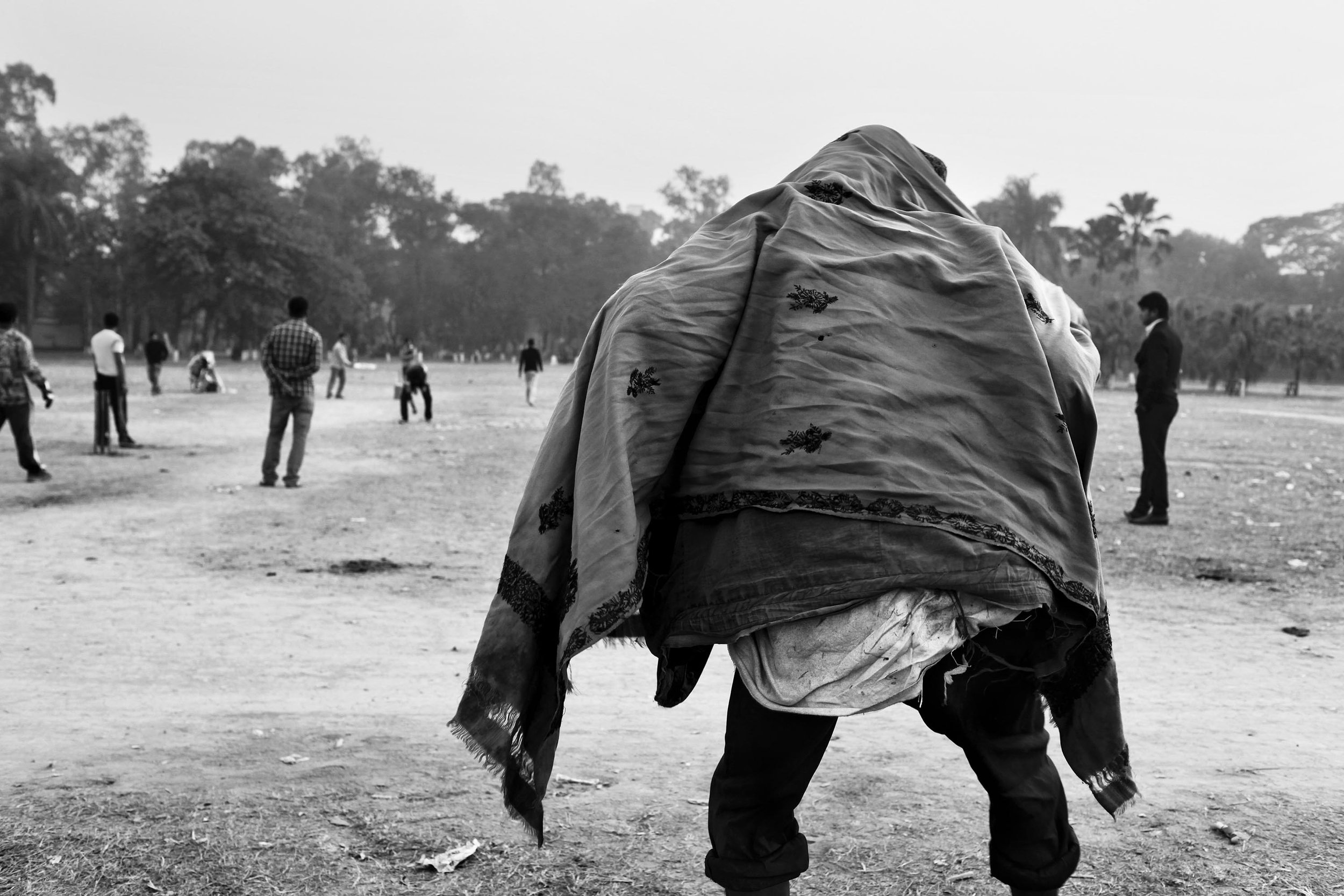
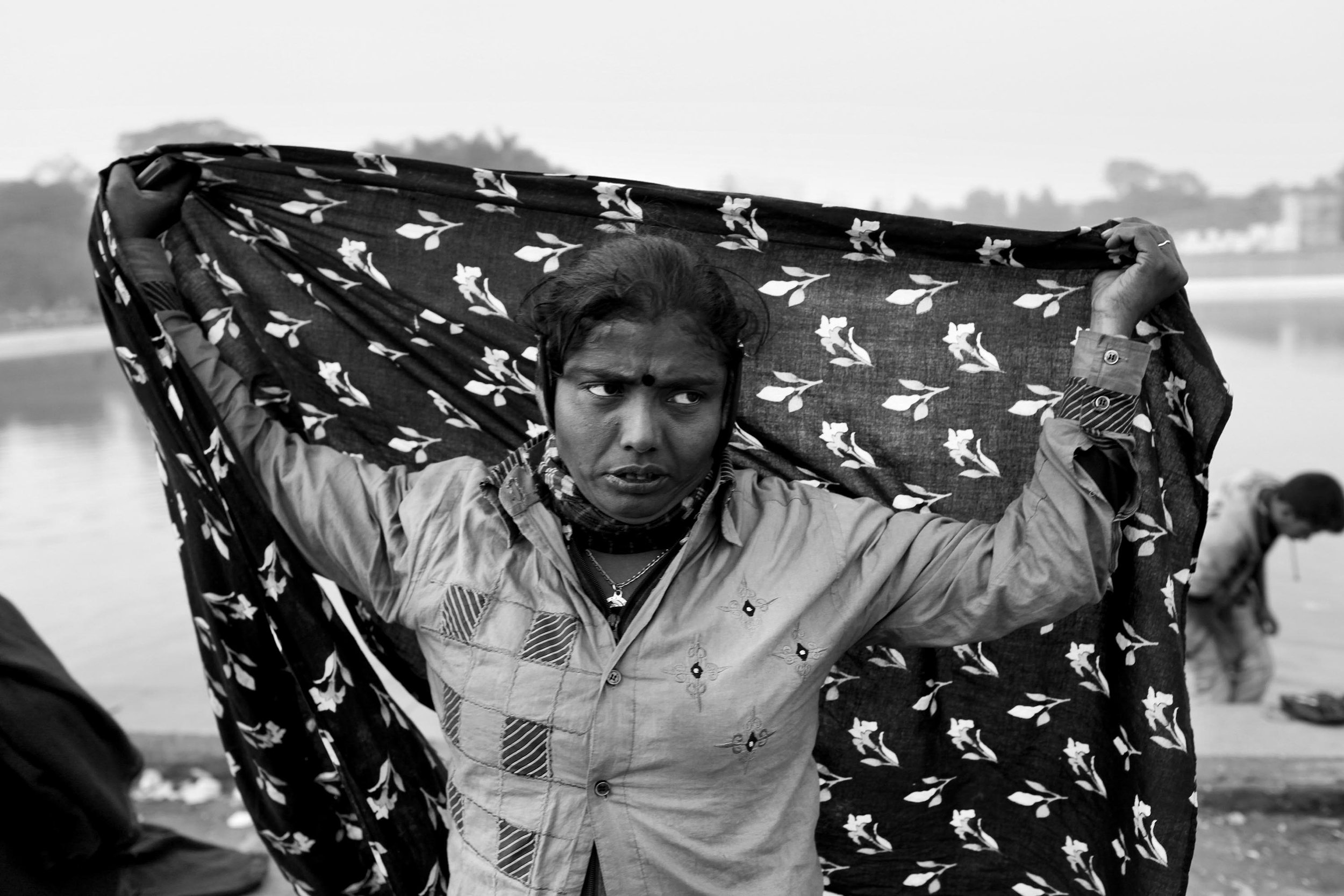
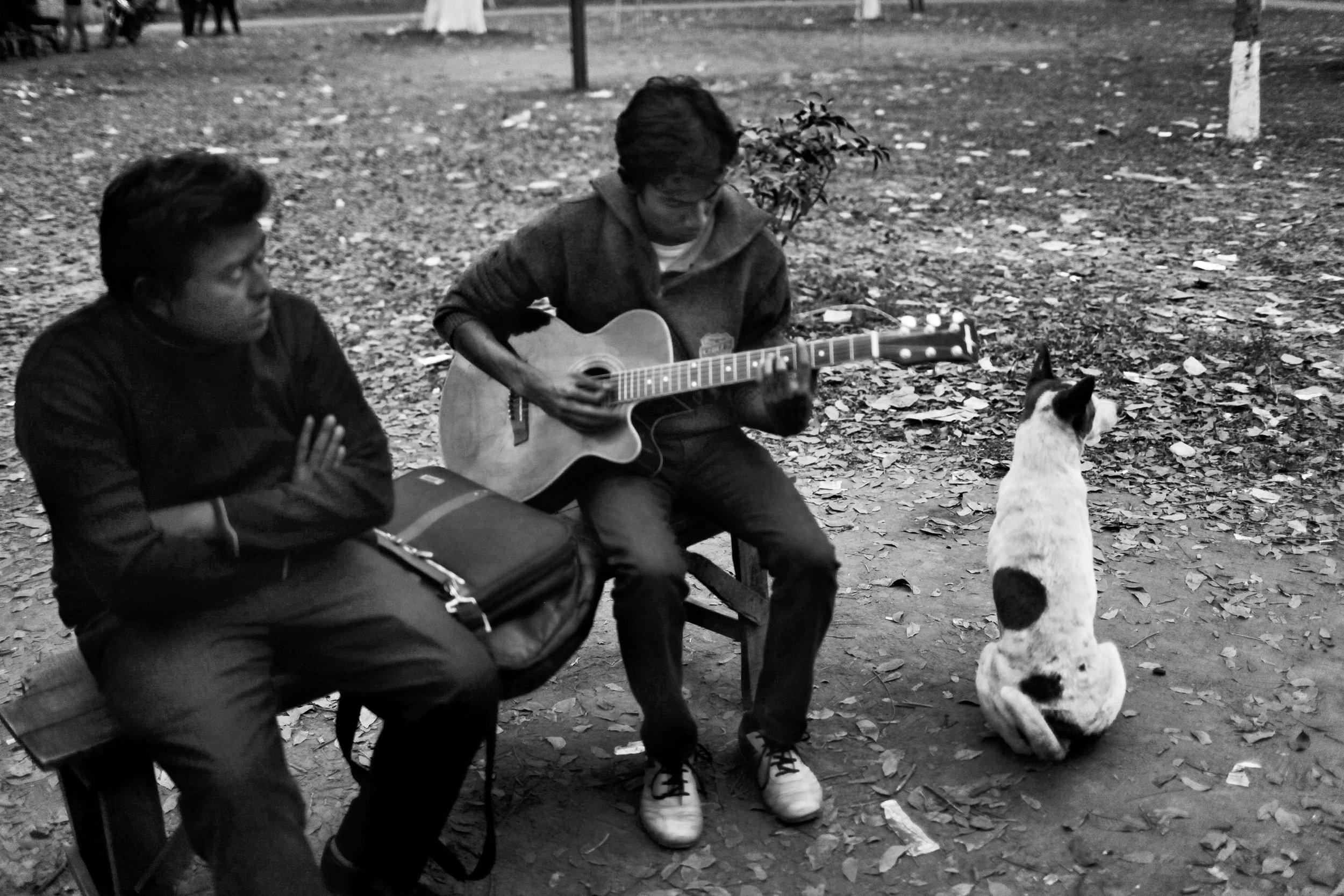
Park Life
City parks are havens amidst the urban hustle. They offer a respite, allowing residents to seek solitude and inhale cleaner air, serving as vital lungs in an increasingly congested cityscape. With each passing day, Dhaka, grappling with rapid urbanization, witnesses its green cover recede. Home to over twenty million individuals, many of whom have migrated seeking better opportunities, the strain on the city's natural resources is palpable. The degradation of vegetation and water reservoirs isn't merely a result of population pressure but is exacerbated by overarching corruption and governance lapses.
In the broader context, Dhaka also feels the brunt of climate change. Rising temperatures intensify the urban heat island effect, making these green spaces more critical than ever for temperature modulation. Unpredictable rainfall patterns and increasing instances of flooding underscore the importance of maintaining and expanding these parks, which can act as natural sponges, absorbing excess water and reducing flood risks.
Public parks, open spaces, and playgrounds are often the city's last refuge against this onslaught. However, the irony is that some of these vital green spaces have transformed into floating slums, grappling with sanitation issues and disease outbreaks. Dhaka's green pockets supply oxygen and play a pivotal role in air purification, housing diverse flora and fauna, and ensuring a semblance of ecological balance in an otherwise concrete jungle.
Having earned the dubious distinction of being one of the most unlivable cities globally, measures to counteract this are urgent. Pursuing a decentralized development approach for Dhaka is paramount, bolstering its green infrastructure. Augmenting the number of parks and recreational areas is about more than just enhancing the quality of life. Still, it is a strategic move to fortify the city against the multifaceted challenges of climate change. Shaheed Suhrawardy Park is a testament to Dhaka's resilience and the pressing need for green sanctuaries in our urban future.